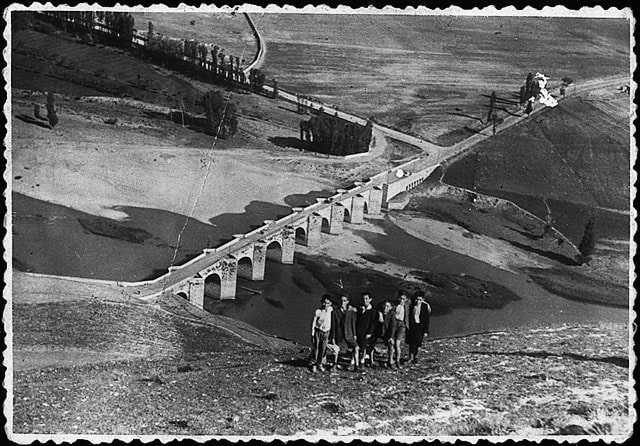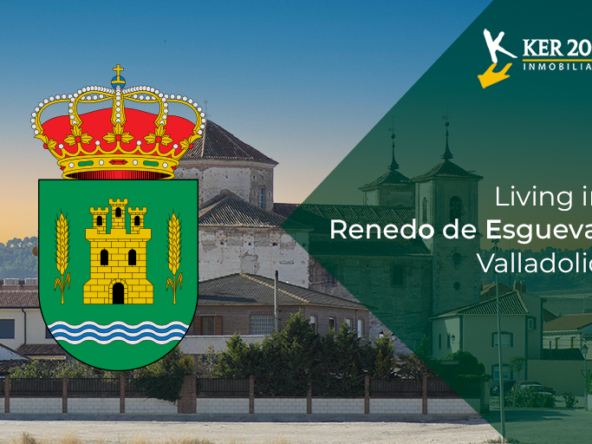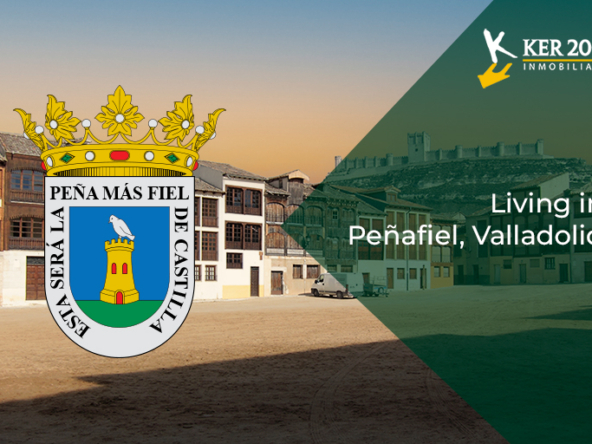Welcome to our comprehensive guide on what it’s like to live in Cabezón de Pisuerga, presented by Ker2000, one of the leading and trusted real estate agencies in Cabezón de Pisuerga. With years of experience in the local real estate market, our aim is to provide future residents and visitors with a complete insight into what it means to reside in this charming town. From hidden gems to essential services, Ker2000 is here to help you find your ideal place in Cabezón de Pisuerga.
Join us on this journey and discover everything this wonderful place has to offer!
Video Presentation of Cabezón de Pisuerga
Let yourself be dazzled by this video report of Cabezón de Pisuerga courtesy of “pateandoespana”:
Information of interest about Cabezón de Pisuerga
Cabezón de Pisuerga is a locality located in Spain. Like many localities on the peninsula, it has witnessed a rich history spanning from prehistoric times to the modern era.
The region where Cabezón de Pisuerga is situated experiences a Mediterranean continental climate. This translates to cold winters with frequent frost and warm, dry summers. Precipitation is moderate and tends to be more abundant in spring and autumn.
We present you with the current weather in Cabezón de Pisuerga to give you an idea:
The population of Cabezón de Pisuerga has experienced fluctuations over the years, with both growth and decline trends due to various socioeconomic factors. Below, you’ll find the current population as reported by the INE:
Speaking of the economy of Cabezón de Pisuerga, like many neighboring towns, it is primarily based on traditional sectors such as agriculture, livestock, and to a lesser extent, local tourism.
History of Cabezón de Pisuerga
Throughout the centuries, Cabezón de Pisuerga has been the scene of numerous historical events and has hosted various cultures. From the times of the Vaccei during the Iron Age on the Altamira hill to the era of the Romans and their route from Asturica to Clunia.
After a period of depopulation during the Muslim invasions, Alfonso III arrived in 905, initiating the repopulation of the area primarily by peasants. Cabezón soon established itself as a strategic stronghold of Valladolid, and it is likely that during this time, the castle on the Altamira hill, protected by sturdy walls and towers, began to be erected. However, this castle only survived until the 19th century and today, it exists only in the memory of local inhabitants.

During the struggle for the throne between Isabella the Catholic and Joanna the Beltraneja, Cabezón aligned itself with Isabella under the leadership of Don Juan de Vivero, who defended the castle with the princess’s standard. Additionally, royalty figures like Charles V and Philip II also left their mark on Cabezón. Charles V met his grandson there in 1556, and Philip II stayed at the local monastery in 1592.
In the Thirty Years’ War, Philip IV gathered his troops in Cabezón before heading to Fuenterrabía to face the French, where he achieved victory. During the War of Succession in the 17th century, Maria Luisa Gabriela de Saboya, the wife of Philip V, also passed through Cabezón on her way to Burgos.
However, not all events were victorious. In 1808, Spanish forces suffered a defeat against the French in what is known as the Battle of Cabezón, considered the first battle of the War of Independence in Castile. Four years later, the Duke of Wellington took measures to protect Valladolid from French occupation, leading to the partial destruction of the Cabezón bridge.
Progress also left its mark on the region. The Canal de Castilla, an industrial architectural marvel, flourished before the arrival of the railway, transporting grains by barges. But with the advent of the train, the transport of wine was revolutionized, making it easier to ship northward. As a testament to this era, the Puente del Príncipe Alfonso, an architectural wonder, was one of the first to connect the banks of the Pisuerga.
Landmarks of Cabezón de Pisuerga
Here is a list of the main points of interest:
- Church of Our Lady of the Assumption. See location.
- Monastery of Santa María de Palazuelos. See location.
- Medieval Bridge. See location.
- Prince Alfonso Railway Bridge. See location.
- Museographic Collection of RC. “Farnesio” No. 12. See location.
- Balsonada House. See location.
- Winery District. See location.
Map of Location and Services in Cabezón de Pisuerga
Take a look at the map of Cabezón along with its services:
The Town Hall of Cabezón de Pisuerga offers various public services for its residents. Some of these services include the “Melaquíes Hidalgo” School, the Medical Clinic, the Civil Guard Barracks, the Municipal Nursery School “Tambores de Paz,” the Senior Citizens’ Center, the Ecological Gardens, the Pharmacy, the Tourist Office, the Municipal Sports Center, and the Municipal Swimming Pool. Additionally, it has the Casa de Cultura (Cultural Center), where you can find the Martín Garzo Library, a space dedicated to promoting reading and culture in the locality.
Patron Saint Festivals
- April 30: Maypole Celebration (Pingar de mayo)
- Nearest Saturday to May 1: National Folklore Contest
- May 1: Saint Joseph the Worker (San José Obrero)
- August 14 to 16: Assumption of the Virgin and Saint Joseph the Worker
Take a walk through the streets of Cabezón de Pisuerga thanks to the technology of Street View:







